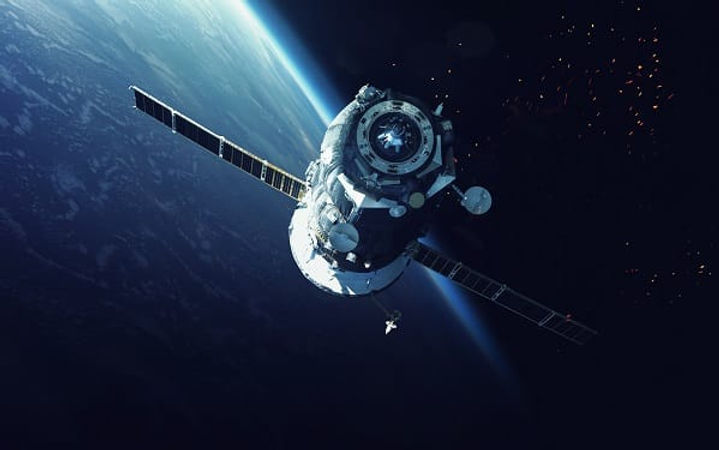By: Ray Zhao
For two weeks, the only thing NASA heard from Voyager 2 was silence. Billions of miles away, Voyager 2 stopped communicating two weeks ago after a new hire sent the wrong command to the ancient spacecraft, which is now over 46-years-old.
Even that small command, which shifted the Voyager 2’s antenna by two degrees, caused a complete stop in communications. While NASA estimated that they would regain contact with Voyager in October due to a self-reorienting move designed to reestablish communications in situations like this, NASA was able to regain communications last Wednesday.
The Deep Space Network, the largest and most sensitive scientific telecommunications system in the world, was able to send a command to Voyager 2 that repointed the antenna back toward earth. And after 36 hours of waiting, NASA finally received data from the spacecraft again. The signal, which travelled 12 billion miles to Voyager 2 and another 12 billion miles back, had worked.
The two-week outage was the longest NASA has gone without hearing from Voyager 2. Launched in 1977, the spacecraft has consistently sent data about the farthest reaches of our solar system for over 45 years. And as long as its nuclear energy supply, generated by plutonium fission, remains available, the spacecraft could live well beyond its fiftieth birthday in 2027.
Suzanne Dodd is the project manager for Voyager 2. Her reaction to the successful message was just “a sort of sigh.” She says that the information Voyager 2 sends to Earth contains important data about everything from interstellar magnetic fields to the interstellar medium.
“We’ve been very clever over the last ten years to eke out every single little watt [of transmitted info],” she says, noting that while it’s likely that Voyager 2 will make it to its fiftieth anniversary, “they are old” and may fall apart soon.











